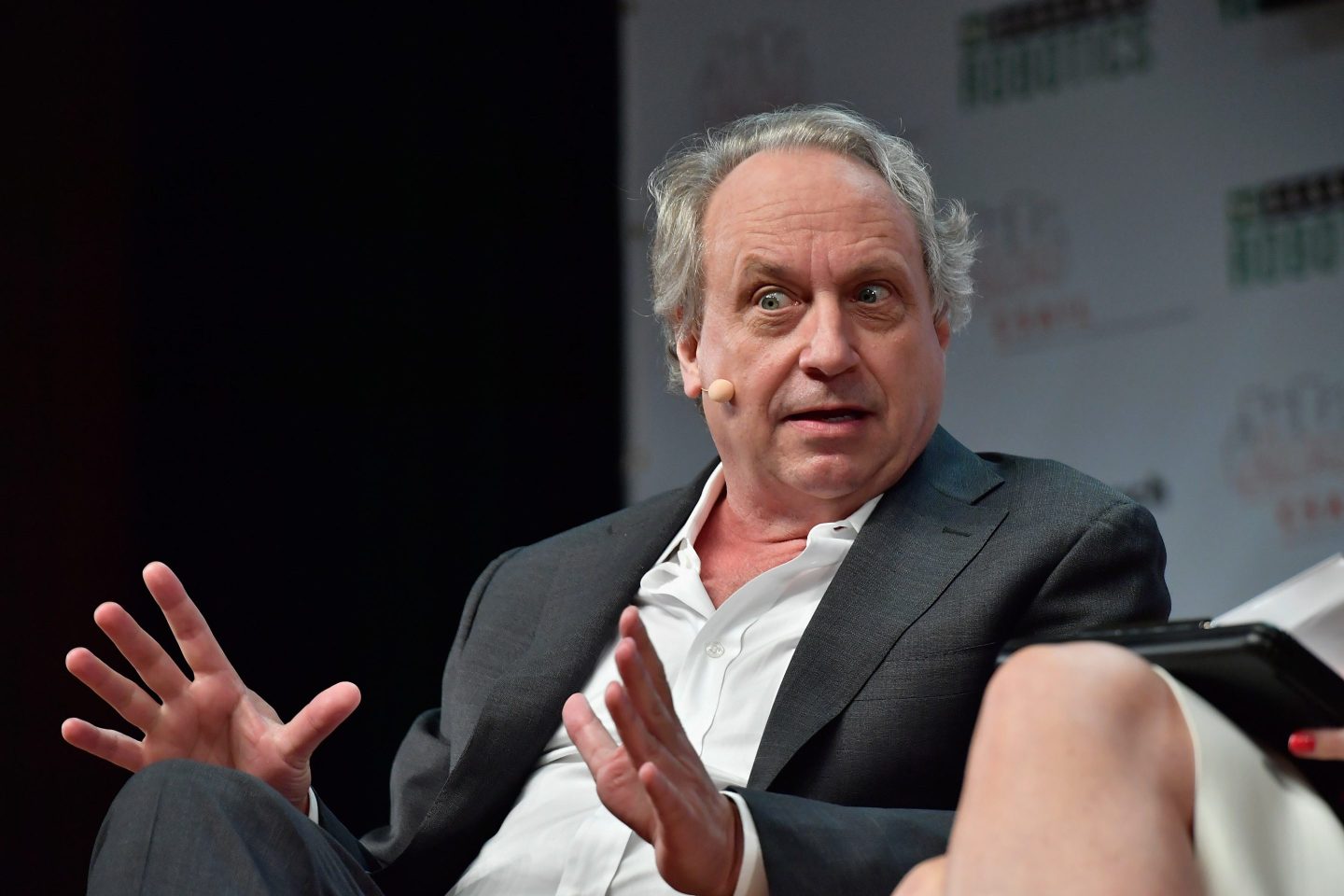Think about any product or brand that you use. Would you get a tattoo of any of them?
That’s the level of passion one has to inspire in an audience to be successful in the $200 billion video games industry. Clarity of vision and executional excellence need to work together to deliver experiences people love.
However, I’ve seen too many occurrences where process moves a team’s focus away from the vision, leaving gamers stranded with a product focused on anything other than what they need, let alone desire.
The most insidious failures for users and businesses happen when well-intentioned measurements, designed to support a clear and innovative vision, instead tear it apart. It’s a failure mode hiding in plain sight within the systems leaders trust.
Let’s imagine an intentionally perfect scenario for a moment.
You show a trial audience the vision for a new experience, and they express universal passion and excitement; the responses are off the charts. Your employees, fellow executives, and even your loved ones, everyone is inspired by the newfound energy within the audience and believes this vision will catapult the business forward.
You bring together the ultimate mix of people and process to build it. You establish new, sophisticated methods to measure progress and inform decisions. Now, you just need to trust the process. Every day is filled with optimistic thoughts about the future.
Let’s fast forward to sometime later, be it a day, week, month, or year, to when users see the product en masse for the first time, and what’s in front of them is not the vision that inspired so many people to drop everything and work for you.
It’s, unexpectedly, worse.
An impossibly perfect vision, team and process were in place. So what happened?
Increasingly nuanced measurements turned into fragmented goals
Behind any measurable business result (e.g., number of purchases, retention, or market share) is a user journey. Understanding the behaviors users express (e.g., number of attempts, time spent, or number of links shared with friends) and the way they feel about the experiences along that journey (e.g., “It was great!” versus “I’m never coming back!”) are critical to achieving a particular business result.
The dark side of this well-intentioned sophistication is that, over time, the increased number of measurements will fragment the goals that teams and individuals are asked to meet. These fragmented goals will deliver anything but a singular vision.
From the top-down, these increasingly nuanced measurements can appear to be aligned with the scope of a team. It can genuinely feel advantageous for managers to greenlight them as goals.
Goals attached to a career trajectory are inherently more motivating than those related to a product’s overall vision. When achieving a goal is the difference between an exceptional performance review and a normal one (or staying employed at all!), then this measurement-as-goal is what people will deliver, especially under stress.
It’s human. It’s safe. It’s literally what the company told them was valuable.
But when the product expands, so do the chance of conflict. If a storefronts team has revenue goals tracked by measurements, it may seem natural to use those same mechanics when a subscription model is added to the experience.
However, in practice, these two seemingly aligned store and subscription measurements compete when they become independent goals,. One team’s successful “click to subscribe” metric is another team’s lost store purchase, and focus will turn away from optimizing the overall value the product delivers to people. Teams will unwittingly pull the user experience apart to maximize the experiences they control.
Users experience products from the bottom up, as end-to-end journeys which (ideally!) flow seamlessly across the work of various teams, disciplines, and tools. When the user experience becomes fragmented, confusing, or competes against itself, the business opportunities (e.g., revenue, stock price, and brand trust) suffer.
When the CEO and C-suite ask for accountability, it’s natural for teams to double down, focus on the goals in front of them, and pull the experience further apart. Overall user experience gets hit again, and it becomes a vicious cycle.
Leaders are forced to trust numerous systems, knowing imprecision grows with every additional layer or process. No matter the virtual team, OKR, KPI, or other three-letter-acronym one depends on to keep goals clear, the drift introduced by increasingly individualized measurements allowing for increasingly individualized goals can blindfold the team. The vision everyone saw so clearly becomes invisible. It is gut-wrenching to watch, happens in slow motion, and comes from a well-intentioned place.
Design can help ensure the experience matches the vision
Designers have a rare operational perspective. Even entry-level designers have end-to-end product visibility typically only rivaled by the C-suite and CEO. Building a user’s holistic experience forces designers to bump into every occurrence where increasingly nuanced measurements inadvertently transformed into fragmented goals. Where every path leads, what every button does, and how a user feels is the tangible expression of a product’s vision and strategy.
The simplest method to counter death by measurement is also the most human: a direct conversation, where design brings together leaders to use the user’s experience as common ground. Such a conversation can highlight where too many goals create conflict and lead the product away from its vision—and its users. Some imperfections are hard for people to see at first, but obvious once they’ve run their fingers over the product’s surface.
In my experience, many companies don’t know they should expect this from design, and it remains an underutilized asset. But when what’s at stake is realizing a product vision passionate audiences will appreciate, design shouldn’t be an afterthought. We are better together.
Fortune’s Brainstorm Design conference returns on Dec. 2 at the MGM Macau! Join speakers like Gilbert Workshop managing partner Phil Gilbert, IDEO CEO Mike Peng, and Samsung chief design officer Mauro Porcini for a day of deep discussions on this year’s theme: “Future Tense: Prototyping Tomorrow.” Register here!












